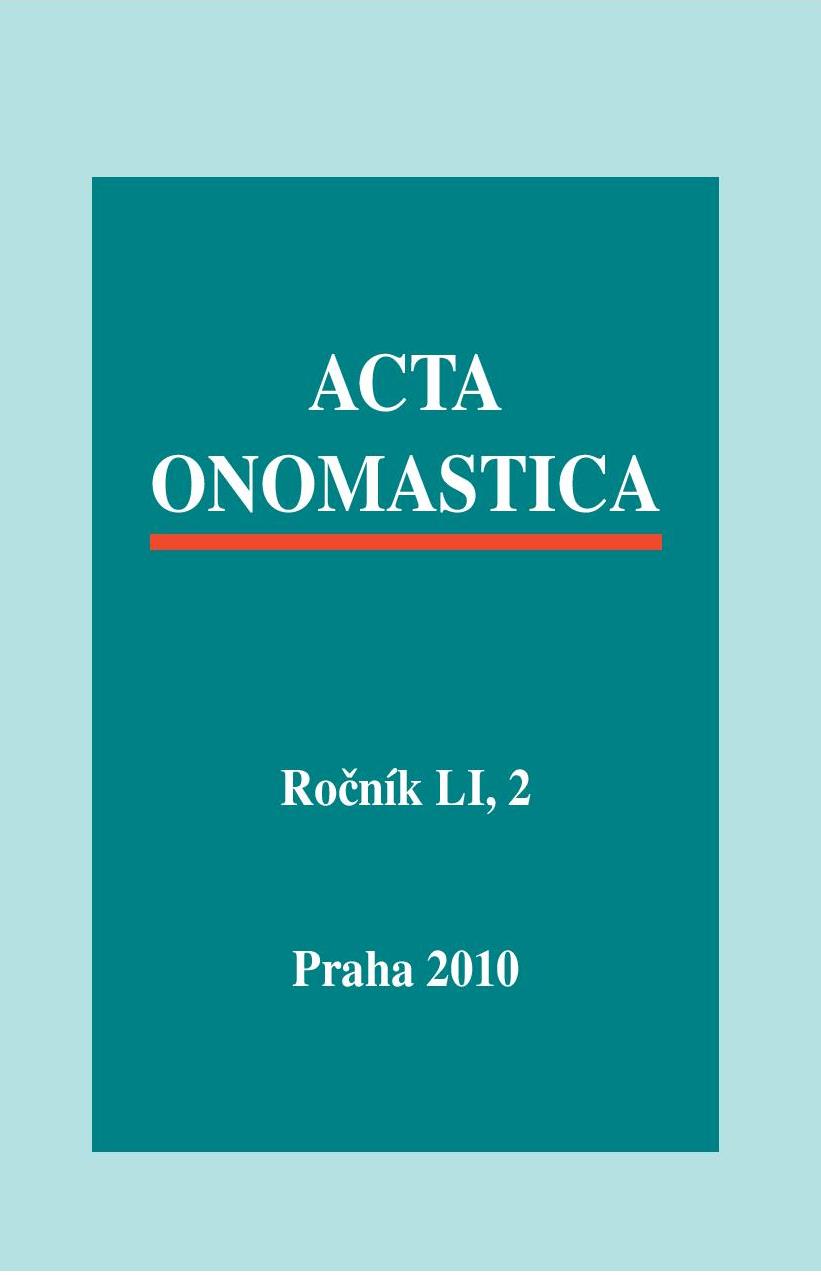Changes in urbanonymy of northeastern Poland in the context of statehood transformation
Changes in urbanonymy of northeastern Poland in the context of statehood transformation
Author(s): Leonarda Dacewicz, Zofia AbramowiczSubject(s): Language and Literature Studies
Published by: AV ČR - Akademie věd České republiky - Ústav pro jazyk český
Keywords: onomastics; urbanonymy; urban place names
Summary/Abstract: Changes in urbanonymy of north-eastern Poland in the context of statehood transformation Urban place names are a chronicle of the history of a given territory and its inhabitans. They are evidence of crucial changes ocurring over a long period of time, especially in the borderland area, to which the region of Mazury, a part of the north-eastern Poland, belongs. Over years the region was the territory of contention between Poland and Prussia, during the Second World War it was under German occupation, since 1945 it was within the borders of PRL (the Polish People`s Republic), in the sphere of Russian influences. In 1989 the period of independence and statehood transformations began. In each period the mechanisms of giving new names to town objects and of changing the existent ones were similar. They reflected the culture of the nation, important events, historical figures, ideas and values in a given historical period. Giving names commemorating various, often controversial figures of political life such as generals and political leaders, was closely connected with the current policy of the state authorities, for instance Hinderburg Strase was changed for Armii Czerwonej (the Red Army), in free Poland since 1989 the street has been named Armii Krajowej (the Home Army; Polish under groun military organization during the Second World War).
Journal: Acta Onomastica
- Issue Year: LI/2010
- Issue No: 51-2
- Page Range: 417-428
- Page Count: 12
- Language: English

